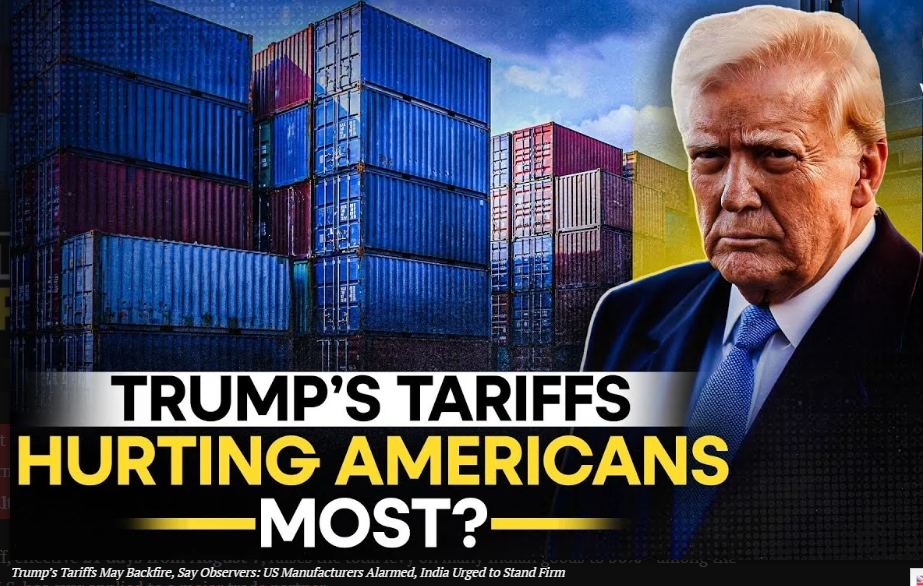U.S. President Donald Trump’s shock decision to impose an additional 25% tariff on Indian imports has triggered alarm across American manufacturing circles and drawn criticism from policy experts, who argue that the move could ultimately harm U.S. industry more than its intended target.
The new tariff, effective 21 days from August 7, raises the total levy on many Indian goods to 50%—among the highest the U.S. has ever applied to a major trade partner.
“India Is the Future” – GOP Voice Warns
Former Republican Governor Chris Sununu expressed concern that the tariffs would alienate a key ally and disrupt American manufacturing supply chains.
“The tariffs on India are scaring U.S. manufacturers the most,” Sununu said. “India is going to be the world player in the future. They are our ally.”
Market Experts Predict Possible Retreat
Market strategist David Woo added that if India resists retaliating or caving in, Trump might reconsider:
“If the Indians hold out, they might find that Trump will chicken out. Trump has no appetite for higher oil prices. So the question is whether Modi will play this game of chicken with Trump.”
Deal Breakdown, Tariff Fallout
The hike follows the collapse of five rounds of U.S.-India trade negotiations, which had largely stalled over U.S. demands for greater access to India’s agricultural and dairy markets.
The new tariffs are expected to hit nearly 55% of Indian exports to the U.S.—India’s largest export market. Sectors most affected include:
- Textiles
- Footwear
- Gems and Jewelry
- Automobile components
These goods will now face tariffs up to 50%, potentially pricing them out of the American consumer market.
India’s Reaction: “Extremely Unfortunate”
India’s Ministry of External Affairs (MEA) condemned the move:
“The decision is extremely unfortunate,” said an MEA spokesperson. “Russian oil imports are based on market dynamics and India’s energy requirements. India will take all necessary steps to protect its national interests.”
Geopolitical Undercurrents
Trump justified the measure by citing India’s continued imports of Russian crude oil, stating it undermines global efforts to isolate Russia amid its war in Ukraine. However, the President has not yet imposed similar sanctions on China, another major buyer of Russian energy.
When asked about this disparity, Trump responded:
“It’s only been eight hours. So let’s see what happens… You’re going to see a lot more. So many secondary sanctions… We did it with India. We are doing it probably with a couple of others. One of them could be China.”
From Diplomacy to Disruption
The tariffs come just months after a widely publicized bilateral summit between India and the U.S., which showcased improved cooperation on trade, technology, and defense. Since then, Trump’s tone has dramatically shifted—calling India’s economy “dead” and accusing it of “profiting off discounted Russian oil.”
The abrupt escalation threatens to derail one of the world’s most strategically important partnerships.
Conclusion
Trump’s latest tariff salvo against India has sent shockwaves across both American and Indian economic landscapes. While the political messaging may play well domestically, experts warn it could weaken U.S. manufacturing, hurt bilateral trust, and backfire if India holds its ground.
As New Delhi weighs its next steps, all eyes are on whether this geopolitical game of chicken will end in compromise—or collision.

